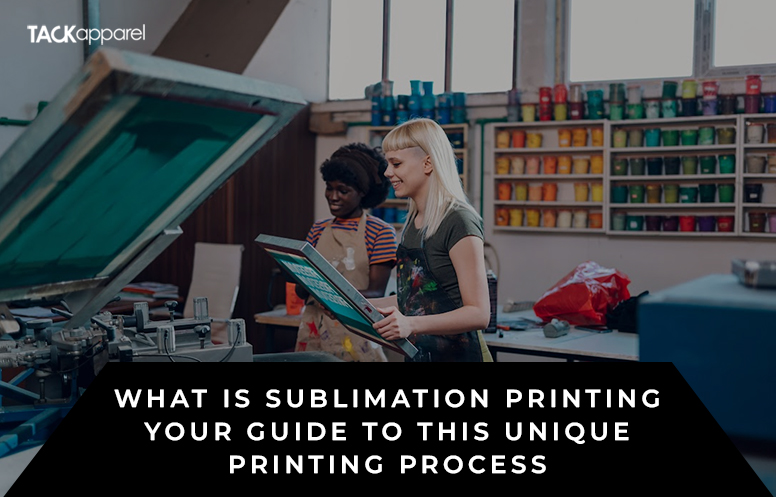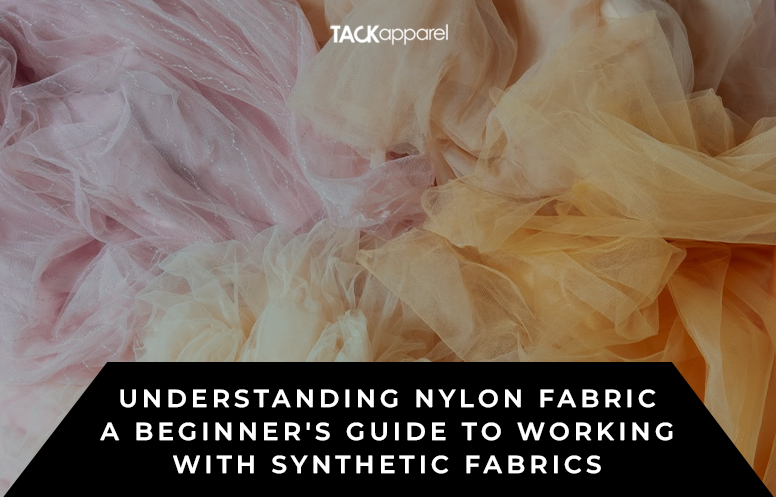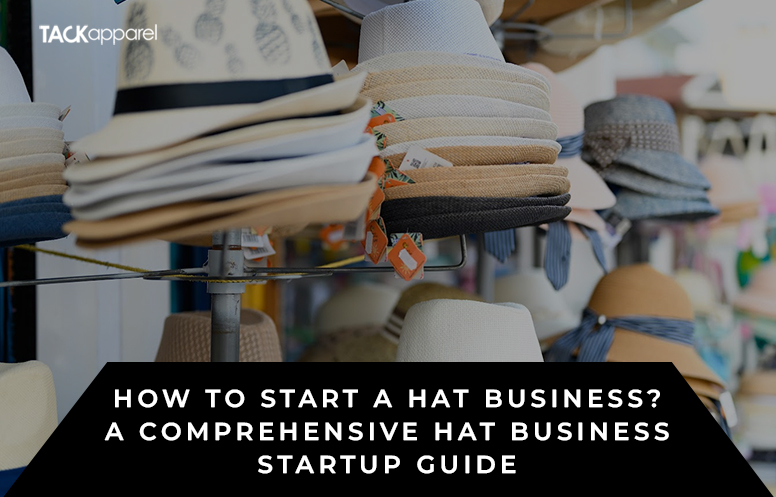Fabric sourcing is a major headache for any fashion designer or entrepreneur. Fabrics are the building blocks of every garment; therefore, it’s crucial to pick the ones that best suit the design and quality specifications. With the correct mindset and information, sourcing fabric can be a fun and rewarding experience that yields excellent results.
It is important to have a clear vision for your clothing line before you begin collecting fabrics. There is a lot of room for growth and variety in the textile industry, with opportunities in apparel, home textiles, and more. First, you should zero in on your market, as each product has specific fabric needs.
To avoid diluting your efforts, we recommend avoiding specializing in multiple areas. Instead, be careful to zero in on one and give it your full attention. You need to ask yourself a series of questions before settling on a niche:
- Do you prefer to market to males or females?
- Do you plan on going formally or in fancy attire?
- Are you thinking about how to source fabric for clothing line or home goods?
Only when you have determined your target market and finished your research can you begin selecting types of fabric for your clothing line. Some of the measures you should take to find appropriate content are outlined in this article.
The Value Of Perfectly Selected Sourcing Fabric

Finding suitable fabric for your clothing line or small business is called “fabric sourcing.” It’s crucial to the manufacturing process and can have a direct impact on the final product and your bottom line. Finding a dependable and long-lasting fabric source might be difficult, especially for young business owners, but it is essential.
Think about your consistency, the price range you’re aiming for, and the designs you have in mind when deciding on the materials and fabrics for your clothing line. The look, feel, consistency and overall quality of the finished product are all influenced by the materials used.
The ability to appeal to a specific demographic depends greatly on the textiles you use. If employed well, it can become a big differentiating factor for your range by contributing to the image of your brand as a luxury, mass market, or quick fashion.
What Factors Will Affect Your Final Fabric Selection?

Considerations such as product minimums, environmental impact, product feel, and other factors should all be taken into account when deciding which materials are appropriate for apparel.
Polyester is a better material to choose than cotton if you’re concerned about meeting manufacturing minimums. Minimum order quantities for printed patterns or graphics on cotton are typically quite high.
Avoid using synthetics like polyester and nylon if you’re going for a greener line. They are harmful to the environment and cannot decompose.
It may not be so much a question of what fabric to use when designing a seasonal collection as how much of it to use. Winter clothing fabric like hoodie fabric is typically heavier and more expensive than summer clothing fabric.
Points To Consider While Fabric Sourcing
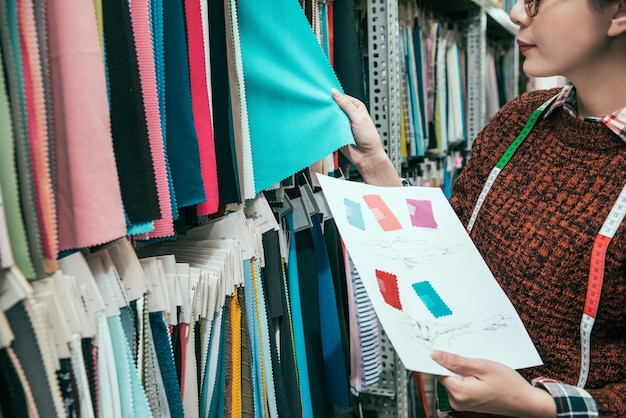
The quality of the fabric used in a garment line is crucial to its overall success. This highlights the significance of sourcing long-lasting, soft-to-the-touch materials. There are several things to think about when deciding best place to buy fabric for clothing manufacturers.
- Create A Strategy For Sourcing Fabric
A well-defined strategy for acquiring fabric is essential. A list of the desired fabrics and their attributes, together with a price range for each, should be included.
- Explore Potential Fabric Providers
Find the highest-quality textiles at the best prices by researching fabric vendors online or in person. This entails doing things like checking out pricing comparisons, reading reviews, and going to wholesale fabric markets.
- Order Fabric Swatches
Fabric swatches should be ordered before placing a large order to confirm the fabric’s quality and specifications will fit your needs.
- Build Connections With Fabric Providers
It can pay off in the long run to develop a rapport with a fabric provider. This can result in price reductions, early access to trendy new fabrics, and improved service overall.
- Selecting A Fabric Type
Selection of fabrics for clothing is left up to the discretion of the designer and the specific garment line.
- Cotton
- Silk
- Wool
- Linen
- Polyester
These are all common types of apparel fabrics. It’s crucial to select the appropriate fabric for the intended use of the garment due to its individual qualities and traits.
Which Type Of Cloth, Knit Or Woven, Do You Need?
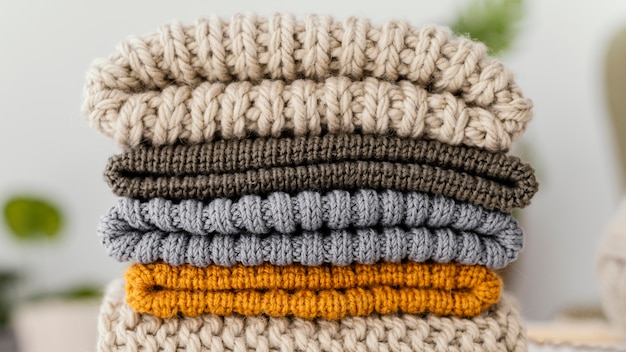
Woven and knit fabrics can be found in either synthetic or natural forms, or in hybrid forms that combine the two.
- Materials found in nature are used to create natural fabrics. Cotton, wool, and silk are all examples of them.
- Synthetic fibers are created solely in a laboratory setting. Examples of these fabrics are rayon, acrylic, and polyester.
- Selecting High-Quality Fabrics
The garment’s overall quality is also dependent on the fabric’s quality. Better-quality textiles also offer a more flattering drape and a more pleasant hand feel.
- The Details And Quantity Needed
The fabric’s weight is an indicator of its comfort and thickness, so keep that in mind as well.
- How big of a piece of fabric are you looking for?
- How much material do you require?
You can save money and time by consulting with your garment mills about the width and amount of textiles you require.
- Taking the fabric price into account
The price of fabric varies with its type and quality. Finding a happy medium between fabric price and total garment line cost is essential.
Tips For Sourcing Fabric For Small Business
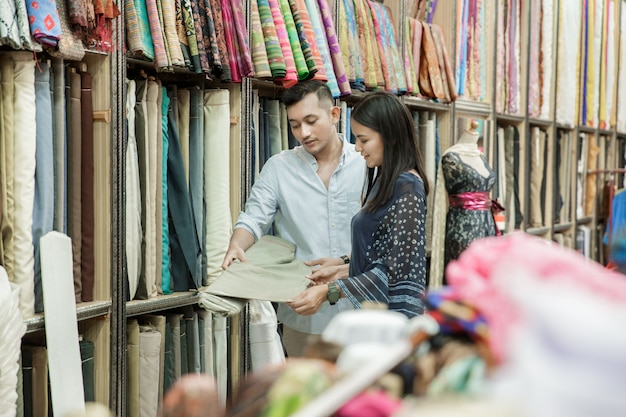
Locating fabric suppliers for small business can be difficult, but there are a few options to consider.
- Visit Industry Events
Small company owners might find new fabric suppliers and styles at trade shows. Discounts and special offers are frequently available to entrepreneurs at these events.
- Sign Up For A Fabric Buying Group
By becoming a member of a fabric-sourcing groups where do designers buy fabric, entrepreneurs may connect with other business owners and have access to cheap fabrics.
- Check Out The Fabric Supplier Near You
Small company owners may be eligible for discounts or special deals from local fabric suppliers. It’s
- Make A Strategy First
Having a plan in place before beginning fabric sourcing is essential. This involves figuring out what kinds of textiles you need, how much of them you’ll need, and how much money you have available.
- Do Your Research
It is crucial to shop around for the best fabric providers. Also, look for where do designers get fabric for their store because there are so many options to choose from. Find vendors who have a solid reputation for providing high-quality materials and can meet your specific needs.
- Connect With Others
It can pay off in the long run to develop a rapport with your fabric suppliers. If you know the right people, you can save money by haggling on pricing or be the first to buy trendy new textiles.
The Solutions To Challenges In Fabric Sourcing
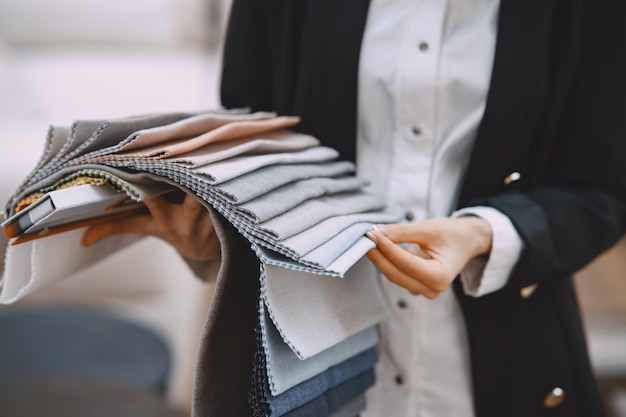
- MOQs
Starting entrepreneurs may find it difficult to place orders with fabric suppliers because of their minimum order requirements. One way around this problem is to bargain with the supplier or look for a vendor with experience fulfilling small orders. Before placing a significant order, find a supplier that requires small minimums or offers free samples.
- Quality Control
The success of your clothing line depends on how to source fabric of high quality. Ordering fabric samples before placing a major order and working with suppliers who have a solid reputation for quality and reliability are two ways to overcome this difficulty.
- Time Constraints
Finding fabric on short notice might be difficult, especially if you’re working with a strict deadline for your apparel collection. Working with suppliers who can turn orders around quickly and with adequate notice is one way to overcome this difficulty. Find a fabric supplier that offers fast delivery or one that can get the cloth to you soon.
Places For Sourcing Fabric For Clothing Line
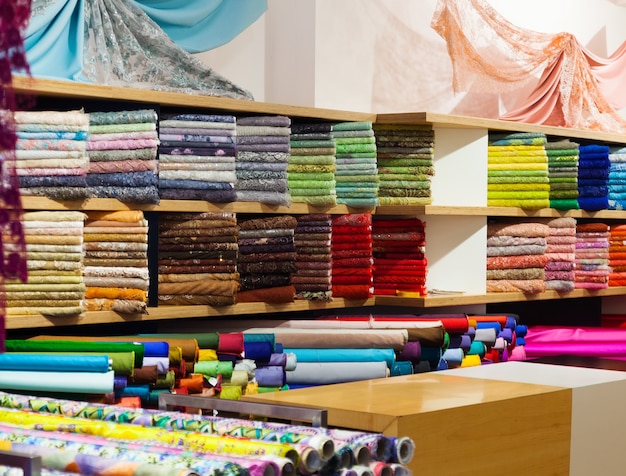
Designers and store owners have their choice of stores from which to source textiles. There are benefits and drawbacks to each of these options; pick the one that best suits your needs.
While it would be nice if there were a universal solution, there isn’t. Finding just any cloth source won’t do. There will be unique expertise offered by each cloth vendor. The type of cloth provider you’ll require will also vary depending on the nature of your manufacturing endeavor.
Some examples of fabric wholesalers are:
- Local fabric stores
You can get excellent fabric for garments at local fabric stores. They stock a large variety of materials, all of which may be touched and examined before purchase. You can also get recommendations and assistance on the best material for your project from local fabric businesses.
- Online Fabric Stores
Designers and entrepreneurs with small businesses have another resource in online fabric merchants. You may order fabric from the convenience of your own home or office, and they stock a broad variety of options. You can find a variety of fabrics at online fabric retailers, some of which your local fabric store might not carry.
- Wholesale Fabric Suppliers
If you own a small business and regularly need large quantities of fabric, a good resource is wholesale fabric wholesalers. Wholesale fabric suppliers have a large selection of fabrics available at low prices. However, while selecting a wholesale fabric supplier, it is essential to take into account the minimum order requirements and delivery time.
- Markets For Fabrics
Designers can locate interesting and uncommon materials at fabric fairs. You may find fabrics from all over the world and often haggle with the sellers to get a better deal. Fabric markets can be great for sourcing fabrics for finding unique fabrics, but they can also be extremely intimidating and time-demanding.
- Converter
Fabric converters source their stock fabrics from numerous textile factories. They customize the cloth by adding dyes, prints, or finishes. They often have a diverse array of goods and welcome special orders.
- Fabric Sourcing Agent
The fabric vendors that agents collaborate with are extensive. Agents may be paid on commission and use their relationships with mills to negotiate better prices.
- Factory
A complete manufacturing and milling facility under one roof. They have connections to major corporations. They demand a large minimum order quantity and don’t provide their product details online.
- Trader
Traders take orders from their clients and make purchases or sales.
- Step To Take After Locating A Reliable Fabric Provider

The next step is to submit a request for fabric swatches. The provider may be able to supply swatches if you provide the specifications.
You can either send them complete clothing that you have cut up to serve as samples, or you can send them swatches of your reference fabrics. Samples of matching textiles will be sent by the supplier.
After gathering swatches, you and your client can select your preferred fabrics and order a small yard sample.
Conclusion
How to source clothing to sell is crucial for the success of any garment line, but it also presents its fair share of difficulties. Fabrics for your designs can be found with some forward planning, investigation, trade show attendance, swatch order, and supplier networking. There are a wide variety of fabric suppliers available to fulfill the needs of designers and entrepreneurs for how to source fabrics, allowing for the production of high-quality clothes.
Related : A Collection Of 29 Lightest Fabrics For Clothing
Related : 7 Steps On How To Start A Clothing Line Business Globally


